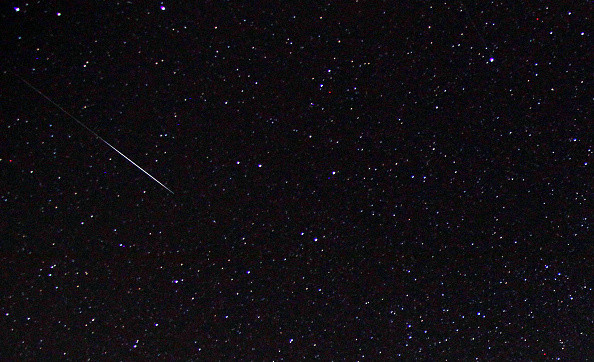All you need to know about the impressive Geminid Meteor Shower
This year, the Geminid Meteor Shower might get obstructed by the supermoon.

The Geminid meteor shower is one of the brightest, most impressive of the annual meteor showers. This year however, it will coincide with a supermoon, making the 'shooting stars' harder to spot.
The meteors in this shower appear to emanate from the constellation Gemini, which explains how its name was chosen. It is caused by the 3200 Phaethon asteroid, making it one of the rare major meteor shower to originate from an asteroid rather than a comet.
The Geminid meteor shower was first observed in 1862, much more recently than other showers, such as the Perseids, which were first documented from 36 AD.
When can I watch it?
The Geminid meteor shower will be reaching its peak on the night of Tuesday 13 December from about 10PM in the UK, with the highest intensity being in the early hours of the morning on 14 December.
However, because of the large full moon also appearing that night, the best moment to look at it may be in the days leading up to the 13. Shooting stars from the Geminid meteor shower may in fact be seen from 4 to 17 December 2016.
What will I see?
You do not need a telescope to look at the Geminid meteor shower, as meteors can be seen with the naked eye. This particular shower is intensifying every year, and in recent times, 120 to 160 meteors have been observed every hour, under optimal conditions.
With the supermoon, it will this year look more like 40 meteors an hour - and even less in light-polluted areas.

Since most the shooting stars will seem to come from Gemini, finding the constellation might up your chances of seeing one.
The best way is to look in the northeastern sky for the constellation Orion, which is easier to spot – it has three stars that line up known as "Orion belt." To the right of Orion is Gemini.
What is a meteor shower?
A meteor is a meteorid (debris from an asteroid or a comet) that enters and burns in the Earth's atmosphere. The resistance of the air on the rock makes it extremely hot and we see it appear in the sky as a bright streak due to the glowing hot air - we commonly call these meteors "shooting stars."
When our planet comes across many meteoroids at once, we call this a meteor shower. This occurs several times during the year when the Earth makes its journey around the sun and its orbit crosses the orbit of a comet, thus allowing it to encounter comet debris.
© Copyright IBTimes 2025. All rights reserved.






















